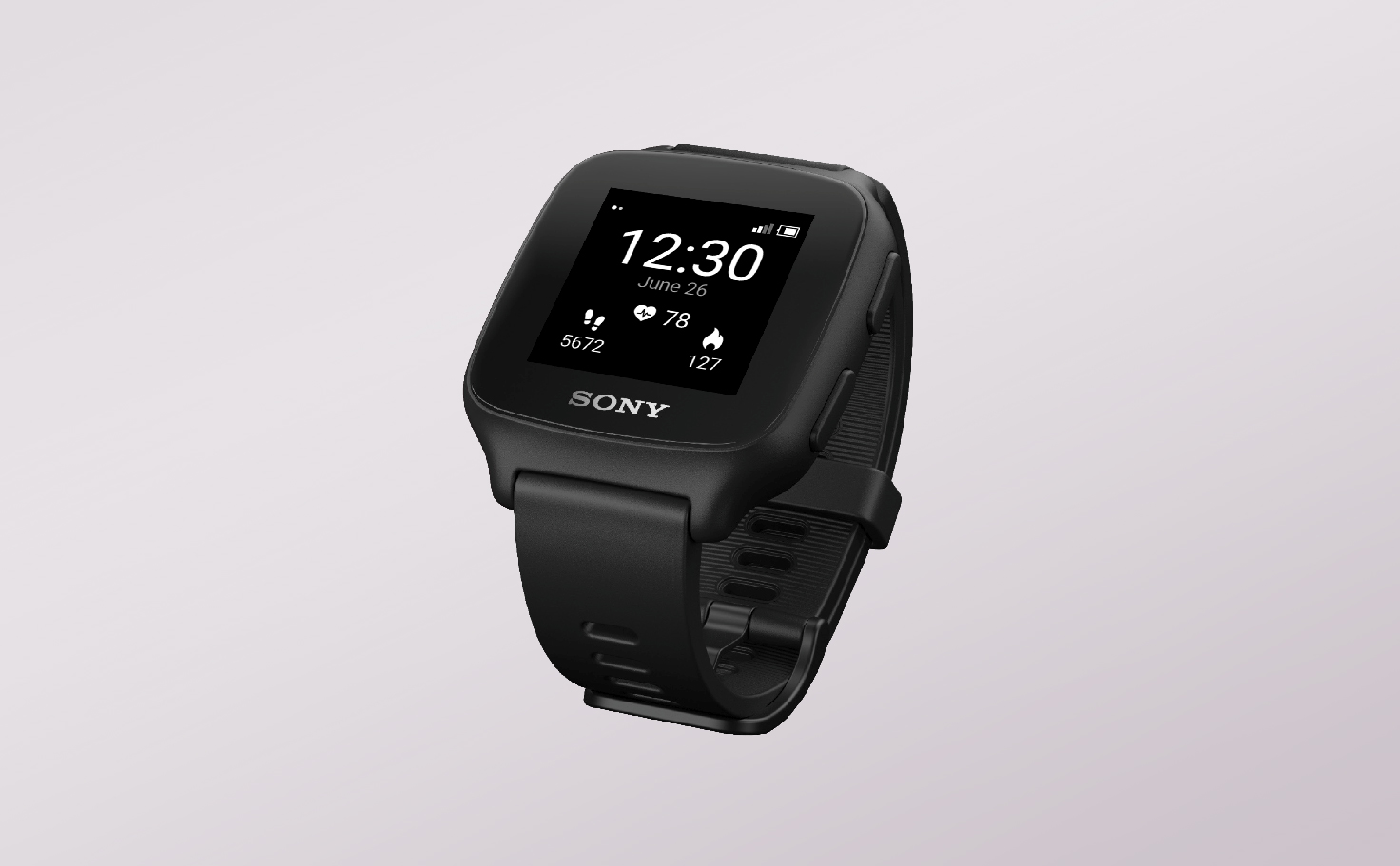What is mSafety?
mSafety is a system of technology for innovative remote health & wellness services.
- Standalone wearables
- Continuous data-flow
- Remote devices management
- Secure access control
- Easy integration
Offer discreet and proactive care
Offer discreet and proactive care
mSafety makes it easy for a business to provide an innovative service for proactive care. End users get a simple, unintrusive device. Service providers get a solid base of technology for operation.
Learn more about the technology behind the solution here.
mSafety is a system of technology for innovative remote health & wellness services.
mSafety is a system of technology for innovative remote health & wellness services.
To create your service, customise the app design, the types of data, collection frequency, connection with third-party sensors and more.
Develop with our SDK, APIs and default app.

Support from Sony depends on application complexity.

For a quick, easy start and default functionality.

Real-time, real-world health insights for your service.
Stay up to date from a distance, with mSafety.
Zero-effort, standalone devices remove burden.
Remote healthcare minimises travel and costs.
Free up time and energy for your service users.
Reduce effort and mistakes with low-effort devices.
Keep a close eye on an elderly person’s health throughout the day and elevate their quality of life. Low complexity, single-minded devices make it easy to use without supervision.
Keep a close eye on an elderly person’s health throughout the day and elevate their quality of life. Low complexity, single-minded devices make it easy to use without supervision.
Support individuals living with dementia through a discreet wearable. With health monitoring, location tracking and geofencing be alerted of atypical behaviours and health insights.
Support individuals living with dementia through a discreet wearable. With health monitoring, location tracking and geofencing be alerted of atypical behaviours and health insights.
Remote monitoring can create a complete picture of a person’s health going into and out of an operation - helping people adhere to certain activities, take medications or monitors vitals.
Remote monitoring can create a complete picture of a person’s health going into and out of an operation - helping people adhere to certain activities, take medications or monitors vitals.
Want to learn more about mSafety for health and wellness services?
Copyright 2024 Sony Network Communications Europe.